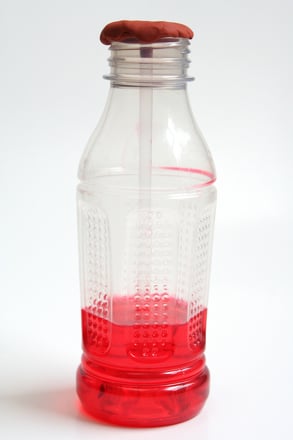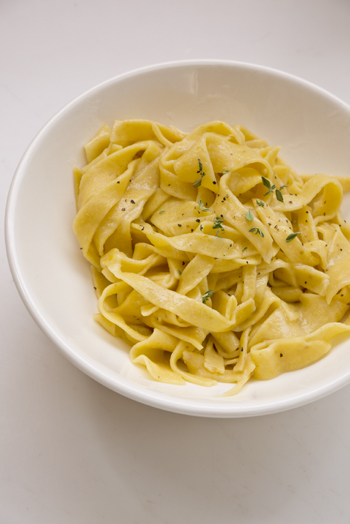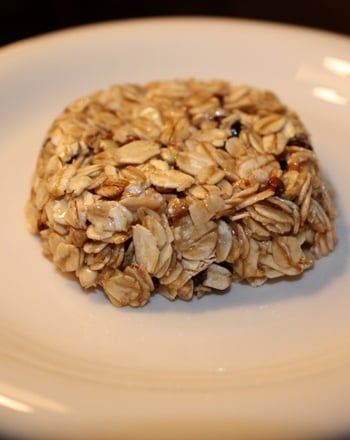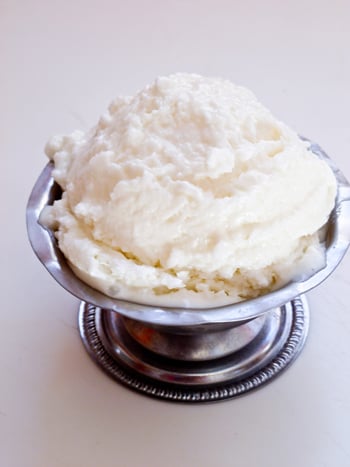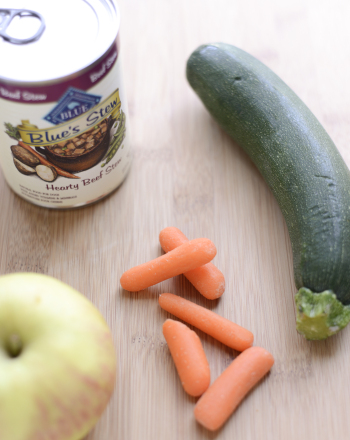Science project
Homemade Lava Lamp
Difficulty of Project
Medium
Cost (Approximate Cost of completing the project)
Less than $15
Safety Issues
None
Material Availability
Common
Approximate Time Required to Complete the Project
Less than 1 hour to complete experiment, additional hour for presentation write-up and preparation
Objectives
-
To explore the relationship between oil and water in terms of density as well as hydrophilic/hydrophobic compounds.
-
To observe a chemical reaction between an acid and a base.
Materials
- 1 clean, plastic soda bottle with cap*
- Vegetable oil
- 1 Alka-Seltzer tablet for a 16 oz soda bottle or 2 tablets for per liter bottle
- Food coloring
- Water
* It is a great idea to reuse a plastic soda bottle from a recycling bin (just wash it out before beginning the experiment).
Introduction
Oil and water do not mix because they cannot form any chemical bonds with each other. Water is made up of highly charged, hydrophilic compounds (or "water loving") while oil is made up of long chains of carbon that are hydrophobic ("scared of water"). The long chains of carbon that make up oils do not carry a charge and are not attracted to the water molecules. This causes the separation we see in this experiment as well as in our kitchen sinks and oceanic oil spills. Furthermore, the oil will float on top of the water because it is less dense than oil.
Alka-Seltzer is technically both acidic and basic. The tablets contain sodium bicarbonate (a base) and citric acid (an acid) which, when mixed with water, react with each other and produce bubbling carbon dioxide. This creates the bubbles you see within the colored fluid in the soda bottle.
Research Questions
- What happens when you add water to the plastic bottle? Why do you think this occurs?
- What happens when you add the food coloring to the bottle? Why do you think this occurs?
- What happens when you add the Alka-Seltzer to the bottle? Why do you think this occurs?
- What experiments did you perform on the closed soda bottle (twisting, shaking, etc.)? What did you notice during each trial?
Terms, Concepts and Questions to Start Background Research
- Oil and water mixture – Oil, a hydrophobic compound, and water, a hydrophilic compound, do not mix. See detailed discussion in Introduction section.
- Acid-base reaction – A chemical reaction between two substances where one is an acid and one is a base.
- Hydrophobic compound – A "scared of water" compound that do not dissolve easily in water.
- Hydrophilic compound – A "water loving" compound that easily bonds with water.
Experimental Procedure
- Gather materials over a surface that cannot be damaged by oil or can be wiped clean. Another good option is to cover a table with old newspapers.
- Fill the plastic bottle ¾ full with vegetable oil.
- Add water to the neck of the bottle, leaving a little space between the water line and the top of the container. (You can always add more water at a later time.)
- Decide on a color for your ‘lava lamp’ bottle. Select the food coloring accordingly.
- Add 10 or more drops of food coloring to the bottle until a rich color is seen.
- Break the Alka-Seltzer tablet into smaller pieces (6 to 8). Add one piece at a time observing each reaction.
- When the bubbling stops replace the bottle cap.
- Tip the bottle back and forth and observe the reaction. Tip, twist, and shake the bottle in different directions. Observe the reactions and take notes.
Bibliography
-
Whyzz – Oil and Water, http://whyzz.com/why-dont-oil-and-water-mix
-
Kids.net.au, http://encyclopedia.kids.net.au/page/hy/Hydrophobe
-
Merriam-Webster Dictionary, http://www.merriam-webster.com/medical/hydrophilic
-
Chem4Kids, http://www.chem4kids.com/files/react_acidbase.html
Education.com provides the Science Fair Project Ideas for informational purposes only. Education.com does not make any guarantee or representation regarding the Science Fair Project Ideas and is not responsible or liable for any loss or damage, directly or indirectly, caused by your use of such information. By accessing the Science Fair Project Ideas, you waive and renounce any claims against Education.com that arise thereof. In addition, your access to Education.com's website and Science Fair Project Ideas is covered by Education.com's Privacy Policy and site Terms of Use, which include limitations on Education.com's liability.
Warning is hereby given that not all Project Ideas are appropriate for all individuals or in all circumstances. Implementation of any Science Project Idea should be undertaken only in appropriate settings and with appropriate parental or other supervision. Reading and following the safety precautions of all materials used in a project is the sole responsibility of each individual. For further information, consult your state's handbook of Science Safety.




